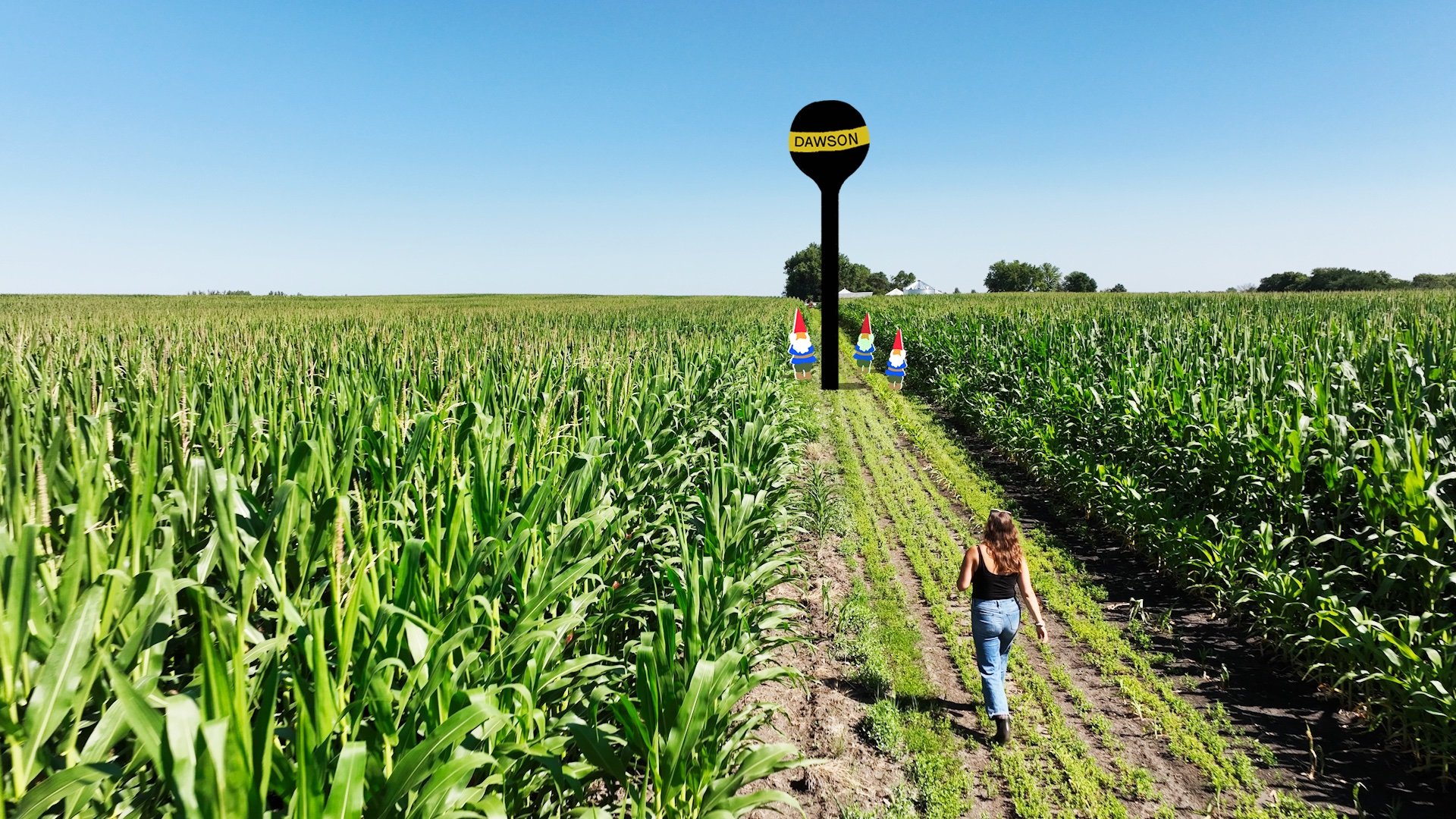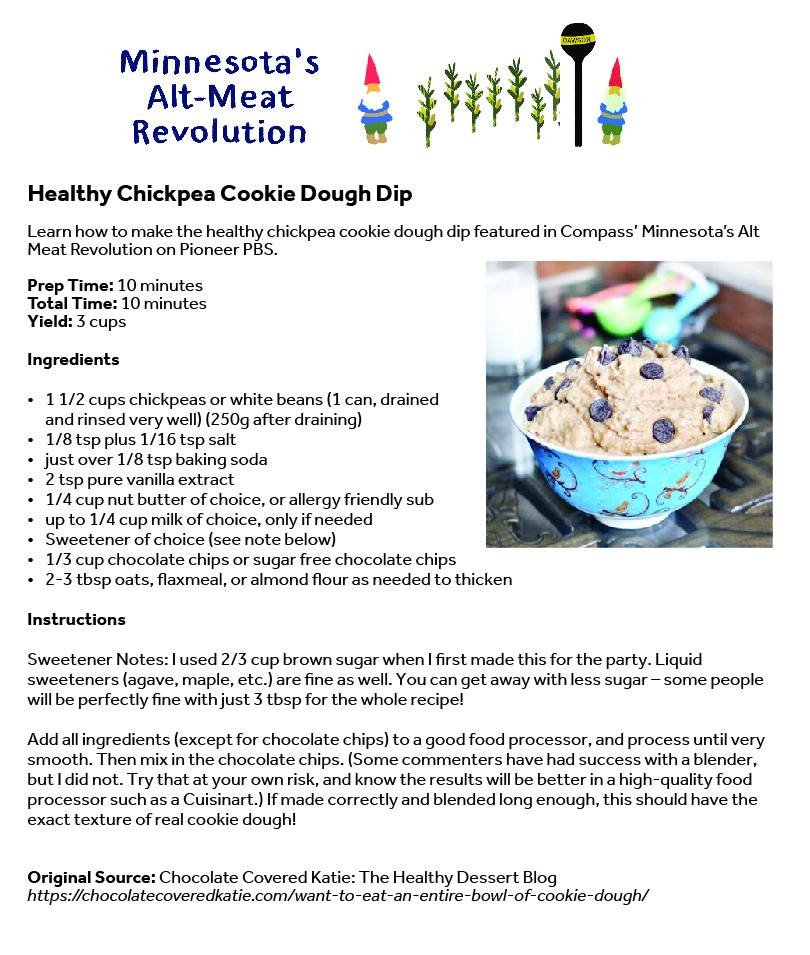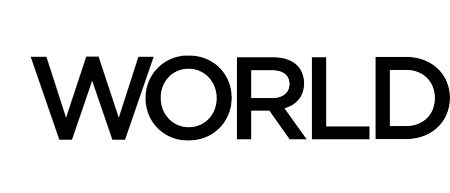How to Watch & Share 'Minnesota's Alt-Meat Revolution'

When shopping at your local grocery store, have you noticed the shelves stocked with more and more plant-based protein options? If so, have you made the jump to incorporating plant-based milk, cheese or meat into your diet? How do you think "alt-meat" has made both an environmental and economic difference in America?
A co-production of Pioneer PBS and WORLD, Local, USA's "Minnesota's Alt-Meat Revolution" examines the effects that alternative meats have on the residents of Dawson, MN and surrounding communities. Host Amanda Anderson explores the "hows" and "whys" in which manufacturer PURIS and plant-based protein has touched this rural midwestern town, from the farmers choosing whether or not to grow yellow split pea to the restaurant owners changing their menus with the addition of veggie burgers.
These intertwining stories come together to paint a picture of the impacts that the growing popularity of plant-based options already have and will have on us, agriculture, the economy and the planet. Learn more in this watch guide and share your thoughts with us on social media with #MyHomeIsHerePBS!
Watch on Local, USA
A special episode brings "Minnesota's Alt-Meat Revolution" to television – Minnesota locals can watch on Pioneer PBS's Compass on Thursday, March 21 at 9:00 PM CT, and the show premieres nationally on Local, USA, WORLD's YouTube and the PBS app on Monday, March 25 at 9:00 PM ET.
Stream the Digital Series + Extras
"Minnesota's Alt-Meat Revolution" is made up of five digital shorts, each focused on one key player or question in the plant-based protein game. Watch now on YouTube or online at Pioneer PBS.
The Smell of Money: Since 1951, soybean processing has dominated Dawson, MN's economy – what lessons can be learned by looking back to Dawson's early advances in the plant-based marketplace?
The Great Burger Taste-Off: Dive into the motivations behind PURIS, the largest processor of yellow pea protein in North America.
Give Peas a Chance?: Hear from farmers in Langdon, ND and Dawson, MN about why they do or don't grow the PURIS pea, and learn about the role that crop insurance plays in the business of farming.
What's for Dinner?: This episode explores if the presence of the new pea protein processing plant has driven local people to eat more plant-based proteins.
Everybody Loves Jobs: Explore the impact that PURIS has had on the local job, childcare and housing economies in Dawson.
Set Your Reminder
Episode 6 of "Minnesota's Alt-Meat Revolution" is coming soon! Subscribe to the Compass and WORLD YouTube channels to be the first to watch the final installment.
Meet the Makers
ICYMI, we spoke with host Amanda Anderson back in November about the origin of "Minnesota's Alt-Meat Revolution" and what she hopes to accomplish through the series. Watch now on Instagram!
Plus, we're getting back on IG Live with Amanda on Monday – follow us @worldchannel to be notified of the interview!
Make Your Own Alt-Meat
In What's for Dinner?, we saw how nutritionist Amber Boyens introduced a classroom of Dawson preschoolers to chickpea cookie dough. Intrigued? Here's the recipe so you can make your own!

And if you're wondering how to incorporate pea protein into your diet, check out this recipe for vegan nachos by PBS's Fresh Tastes food blogger Marc Matsumoto.
Explore More Like This
For more stories capturing the economic, environmental and social issues that affect rural ways of life across the nation, explore our My Home Is Here film collection.
Follow us @worldchannel on Facebook, X (Twitter), Instagram and TikTok and post using the hashtag #MyHomeIsHerePBS to share your thoughts, and subscribe to our YouTube channel and newsletter to stay up-to-date on exclusives and more.
Enjoy our content? Consider donating to keep important storytelling like this going, and find more on PBS Passport.



